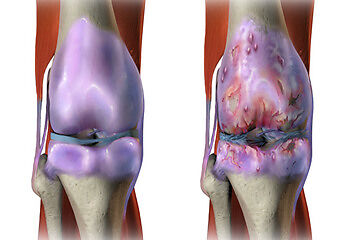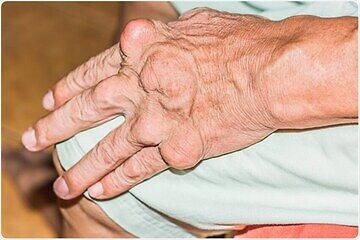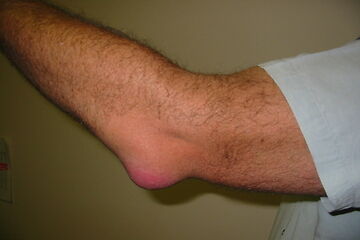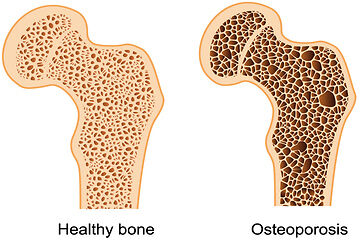What is Osteoarthritis?
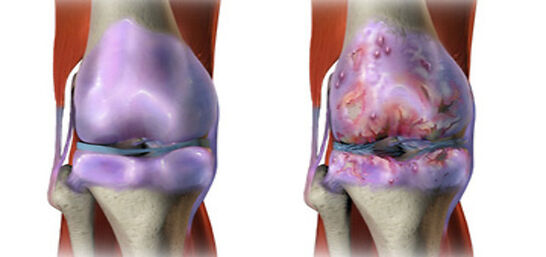
Osteoarthritis is a type of arthritis that occurs when flexible tissue at the ends of bones wears down.
Although osteoarthritis can damage any joint, the disorder most commonly affects joints in your hands, knees, hips and spine.
What are the signs and symptoms of Osteoarthritis?
Osteoarthritis symptoms often develop slowly and worsen over time.
The possible signs that may help you out are:
- Pain. Affected joints might hurt during or after movement.
- Stiffness. Joint stiffness might be most noticeable upon awakening or after being inactive.
- Tenderness. Your joint might feel tender when you apply light pressure to or near it.
- Loss of flexibility. You might not be able to move your joint through its full range of motion.
- Grating sensation. You might feel a grating sensation when you use the joint, and you might hear popping or crackling.
Immediately contact your doctor if you notice any such signs.
What are the causes of Osteoarthritis?
Osteoarthritis occurs when the cartilage that cushions the ends of bones in your joints gradually deteriorates. Cartilage is a firm, slippery tissue that enables nearly frictionless joint motion.
Osteoarthritis has often been referred to as a wear and tear disease. But besides the breakdown of cartilage, osteoarthritis affects the entire joint. It causes changes in the bone and deterioration of the connective tissues that hold the joint together and attach muscle to bone. It also causes inflammation of the joint lining.
Certain chronic conditions also may increase your risk of Osteoarthritis, including diabetes and heart disease.
Diagnosis of Osteoarthritis
To diagnose osteoarthritis, your doctor will review your personal and family medical history, perform a thorough physical evaluation.
Some tests that are normally done are as:
- X-rays. Cartilage doesn't show up on X-ray images, but cartilage loss is revealed by a narrowing of the space between the bones in your joint. An X-ray can also show bone spurs around a joint.
- Magnetic resonance imaging (MRI). An MRI uses radio waves and a strong magnetic field to produce detailed images of bone and soft tissues, including cartilage. An MRI isn't commonly needed to diagnose osteoarthritis but can help provide more information in complex cases.
What are the complications of Osteoarthritis?
A few of the comorbidities you may face with osteoarthritis are:
- Left untreated, Osteoarthritis is a degenerative disease that worsens over time, often resulting in chronic pain. Joint pain and stiffness can become severe enough to make daily tasks difficult. Depression and sleep disturbances can result from the pain and disability of osteoarthritis.Tell your doctor if your signs and symptoms aren't improving despite treatment for Osteoarthritis.
Prevention of Osteoarthritis
Preventing and treating illnesses that can become the risk factor for Osteoarthritis is the best way to curb out it's complications. Make sure to change a few of your lifestyle habits and do regular physical exercise (not intense one). Talk to your doctor and take the help of a dietician who can suggest a decent diet to avert Osteoarthritis. A diet is a healthy component of Osteoarthritis treatment in Ayurveda!


